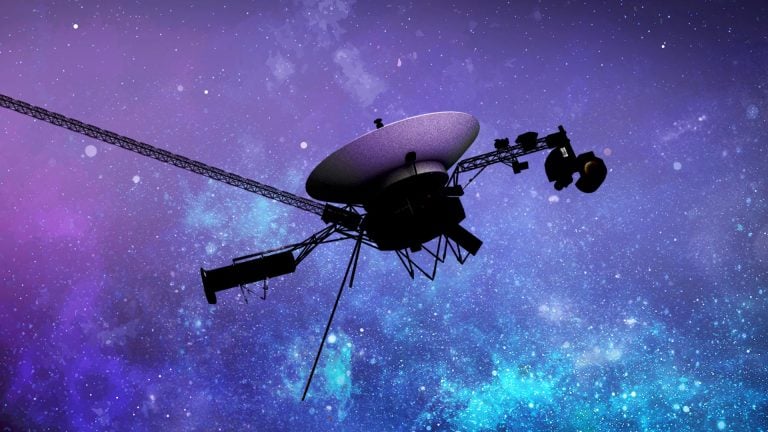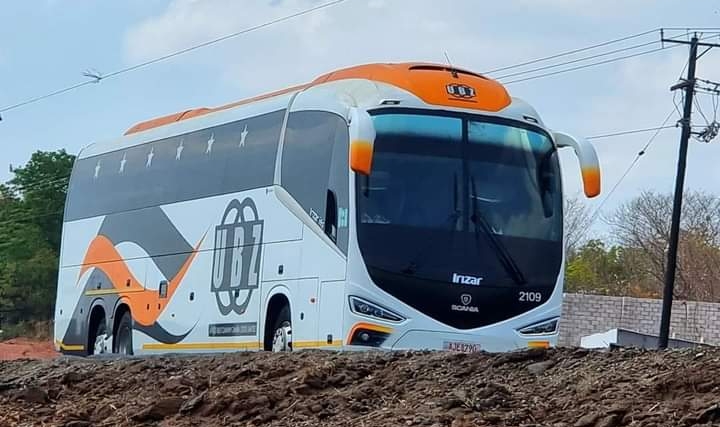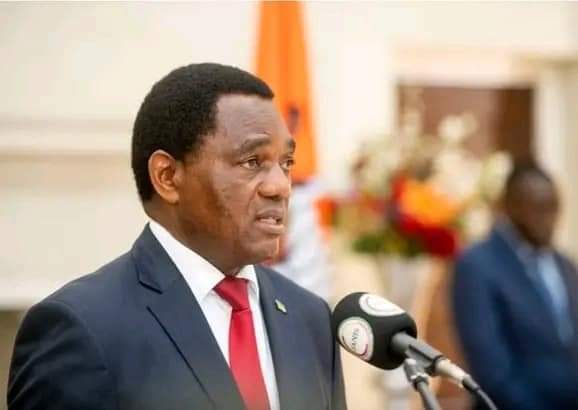
NASA has re-established contact with Voyager 1 after a fault protection system triggered a transmitter shutdown, and it’s now working to diagnose and restore normal operations amid the technical challenges of interstellar communication.
Lusaka, Oct. 30 [SciTechDaily] – NASA reconnected with Voyager 1 after a fault protection system prompted the spacecraft to turn off a transmitter. Engineers at Jet Propulsion Laboratory (JPL) are investigating the incident, facing the challenge of managing commands and data over a 24 billion Kilometre distance. The team aims to stabilize communications and address the technical difficulties of the aging spacecraft in interstellar space.
Also Read: Scientists detect intriguing hydrocarbon molecules on Mars. Spectroscopic analysis using instruments aboard the Perseverance rover has revealed evidence of hydrocarbon molecules on Mars in multiple rock formations.
◾Re-establishing Contact With Voyager 1
On October 24, NASA successfully re-established contact with the Voyager 1 spacecraft after a brief communication pause. Recently, Voyager 1 shut off one of its two radio transmitters, and NASA’s team is now working to identify the cause.
The shutdown appears to have been triggered by the spacecraft’s fault protection system, which automatically manages onboard issues. This system conserves power by disabling non-essential systems if the spacecraft’s power supply is overstretched. However, it could take days to weeks for the team to pinpoint what exactly activated the fault protection system.
◾Troubleshooting and Command Response
NASA’s JPL in Southern California manages communications with Voyager 1 via the Deep Space Network. When the JPL team sends instructions, Voyager 1 responds by transmitting engineering data, which helps the team assess its reaction to the command. This back-and-forth takes around two days – nearly 23 hours for the command to travel over 24 billion kilometers to Voyager 1 and another 23 hours for the data to return to Earth.
On October 16, the flight team sent a command to turn on one of the spacecraft’s heaters. While Voyager 1 should have had ample power to operate the heater, the command triggered the fault protection system. The team learned of the issue when the Deep Space Network couldn’t detect Voyager 1’s signal on October 18.
◾Communication Challenges and Solutions
The spacecraft typically communicates with Earth using what’s called an X-band radio transmitter, named for the specific frequency it uses. The flight team correctly hypothesized that the fault protection system had lowered the rate at which the transmitter was sending back data. This mode requires less power from the spacecraft, but it also changes the X-band signal that the Deep Space Network needs to listen for. Engineers found the signal later that day, and Voyager 1 otherwise seemed to be in a stable state as the team began to investigate what had happened.
Then, on October 19, communication appeared to stop entirely. The flight team suspected that Voyager 1’s fault protection system was triggered twice more and that it turned off the X-band transmitter and switched to a second radio transmitter called the S-band. While the S-band uses less power, Voyager 1 had not used it to communicate with Earth since 1981. It uses a different frequency than the X-band transmitters signal is significantly fainter. The flight team was not certain the S-band could be detected at Earth due to the spacecraft’s distance, but engineers with the Deep Space Network were able to find it.
Also Read: Scientists Discover a Reservoir of Liquid Water on Mars! While there is water frozen at the Martian poles and evidence of vapour in the atmosphere, this is the first time liquid water has been found on the planet.
◾Mission Continuity and Challenges
Rather than risk turning the X-band back on before determining what triggered the fault protection system, the team sent a command on Oct. 22 to confirm the S-band transmitter is working. The team is now working to gather information that will help them figure out what happened and return Voyager 1 to normal operations.
Voyagers 1 and 2 have been flying for more than 47 years and are the only two spacecraft to operate in interstellar space. Their advanced age has meant an increase in the frequency and complexity of technical issues and new challenges for the mission engineering team.
About Our Advocacy: Woodpecker’s Digest provides in-depth analyses and commentary on issues of national importance, alongside articles on personal development and health. We believe journalism can be a force for socio-economic change.
©2024 Woodpecker’s Digest.
Putting news into perspective







